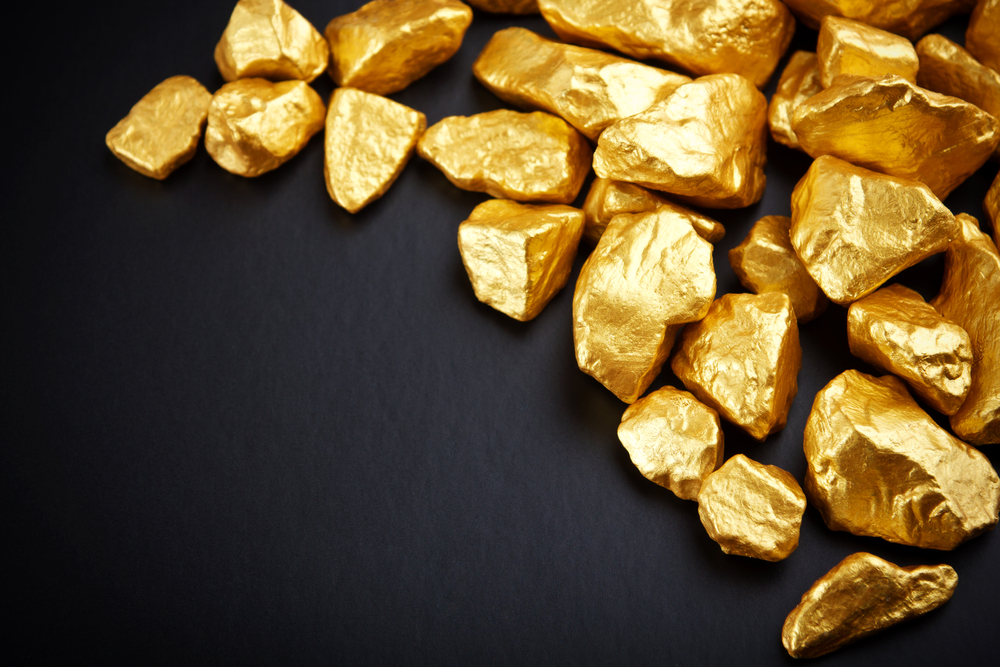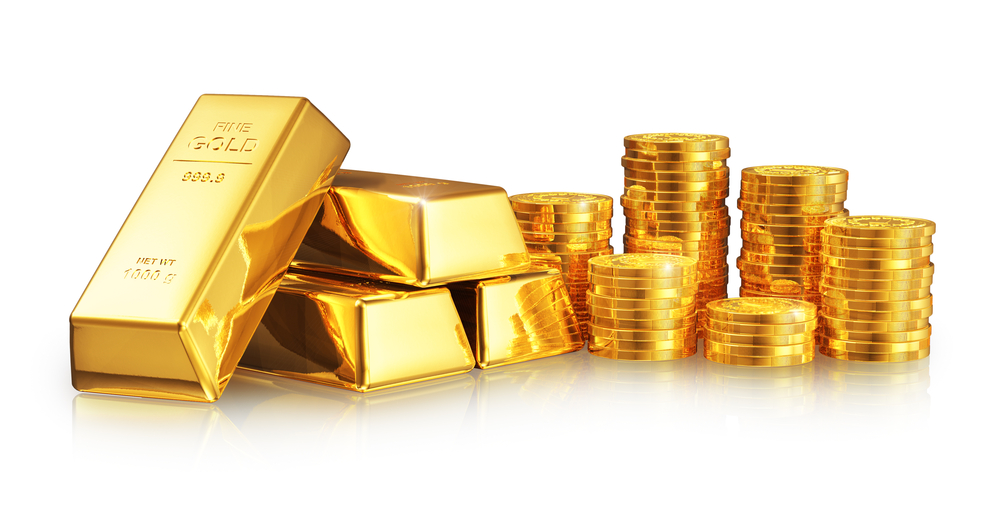Gold Remains One of The Best Investment Avenue
Gold has grown more than inflation. Rs 1,000 worth of gold has grown to Rs 19,733 in 30 years

Gold is – and always will be – one of the safest stores of wealth. How do you store your liquid wealth? Cash, savings accounts, or gold? As Indians, we know the purchasing power of the Indian rupee has been declining over time. We analyzed the last 50 years of data and find that the rupee has lost over 95 per cent of its value while savings in bank deposits barely kept up with inflation. For example, in the last 50 years, the minimum support price of wheat has grown from Rs 70 per quintal in 1970 to Rs 1,925 for the current crop cycle. Gold has proven itself to be one of the best ways to insure against long-term inflation and the decline in value of the rupee relative to international currencies. Over very long periods, including the 50 years going back to 1971, the rupee has depreciated by over 11 per cent annually relative to gold. Put another way, if you invested Rs 190 for ten grams of gold 50 years ago, that ten grams would be worth almost Rs 50,000 now. That is a pretty good return on your investment!
Sources: Bloomberg, IBJA, BankBazaar, GILDED, Digital Swiss Gold
Cash As A Store Of Value
Most of us realise that cash loses value over time. Yet many Indians still intuitively hold cash for various reasons including security, liquidity, and ease. However, according to our analysis of gold prices vs. the rupee over the last thirty years, we found that the purchasing power of the rupee has declined by almost 90 per cent. The real value of Rs 1,000 in 1991 is only Rs 124 today. If we keep most of our liquid wealth in a savings account, over the long term the interest rate that we earn keeps up with inflation. Rs 1,000 held in bank savings account for the past 30 years would have grown to Rs 9,984. However, gold as an alternative to liquid wealth has grown more than inflation. Rs 1,000 worth of gold has grown to Rs 19,733 in the last 30 years!
Source: Bloomberg, IBJA, GILDED, Digital Swiss Gold
Gold vs. Currency
When we compare gold to currency, we can see that gold is a better choice for investors for the following reasons:
-
Gold is not a fiat asset. Fiat money such as the rupee or dollar or any other currency is government-issued and not backed by a hard asset such as gold. Fiat money gives governments across the world greater control over their economies because they control the money supply by choosing to print money as and when they see fit;
-
By printing money, governments are constantly reducing the value of the currency and of your savings in cash and banks – gold is immune from such a decline in value and offers good protection against currency fluctuations and devaluations;
-
The price of gold is determined in international markets, and thus the declining value of the rupee compared to dollar/euro/sterling does not adversely affect gold; and
-
Historically, gold has appreciated versus the US dollar as well - since 1971 the US dollar has declined in value relative to gold at a rate of over 8 per cent per annum.
Gold vs Stocks
It may seem obvious that Indian stocks are a much better investment than gold, but are they? Stocks sometimes provide a dividend and hopefully have earnings, but gold has neither. Is it even worth the comparison you may ask? Let us look at the facts. The results will likely surprise you and give good credence to why you should listen to your parents when they talk about investing in gold. Indians of different generations have been the largest buyers of gold worldwide for over 50 years and are estimated to own over $1.2 trillion or over Rs 87 lakh crore of gold. That is about half of the size of the entire Indian stock market capitalization and about 10 per cent of all the gold in the world. The returns and risk of gold and Indian stocks are summarized in the below graphs.
Source: Bloomberg, GILDED, Digital Swiss Gold
We use the S&P BSE Sensex as the proxy for Indian stocks. It has been published since January 1, 1986, but April 1,1979 is the base value date of the Sensex. Indians stocks (with reinvested dividends) have performed better than gold when looking back ten or more years. The Sensex has averaged over 16 per cent per annum returns since April 1979, while during that same period investment in gold returned 10.6 per cent. However, as we look at the more recent results the picture starts to change – in the 20 years since the start of the new Millennium, Indian stocks (with reinvested dividends) have returned 15.0 per cent while gold has returned 12.6 per cent. And over the most recent five years, gold returns are even better than Indian stocks (with reinvested dividends), returning 14.2 per cent while gold has returned 14.4 per cent.
Of course, we cannot talk about returns without some mention of risk. The below graph shows the volatility of Indian stocks and gold. As is clear, in all periods Indian stocks are riskier than gold. On average over long periods Indian stocks are about 50% more risky than gold if using volatility as the measure of risk.
Source: Bloomberg, GILDED, Digital Swiss Gold
Source: Bloomberg, GILDED, Digital Swiss Gold
Another way to measure risk is by looking at the drawdowns or losses from the highs that have been reached. It is a simple way of thinking about the financial pain that you may suffer – for instance if your investment that was once worth 100 Rs at its high point is now only worth 60 Rs, you have suffered a drawdown of 40 per cent. Stocks across the world tend to have sharp falls and corrections, reflecting the risk that investors must bear to achieve high returns. In the above graph, we can see what has happened since the inception of the Sensex when Indian stocks have drawdowns of 20 per cent or more. In nearly all cases gold has increased in value. Similarly, in the below graph, we can look at what happens when Gold has drawdowns of 20 per cent or more during the same period - in these cases, the Sensex has always rallied.
Source: Bloomberg, GILDED, Digital Swiss Gold
A few takeaways from these graphs:
-
Indian stocks have historically had higher returns than gold;
-
Gold is less risky than Indian stocks;
-
Indian stocks historically have far more 20 per cent drawdowns than gold;
-
Gold and Indian stocks tend to behave differently from each other in times of stress; and
-
This balancing or offsetting of risk between Gold and Indian stocks is good for investors.
In summary
Indian investors have many choices on how to invest their money. We have explored a few options including rupee cash, rupee deposits in a bank, gold, and Indian stocks. Of course, this is not a complete list of all the choices available; however, these are liquid options that are relatively easy to buy, hold and sell as and when needed. Other choices such as real estate, private equity, and other illiquid instruments are available to investors but do not offer ease of exit. Rupee deposits keep up with inflation, but rupee cash is not recommended except for very short-term liquidity as it is very expensive to hold over the long term. The good news for Indian investors is that in the liquid investment options both Gold and Indian stocks offer attractive long-term returns and are both ideals in a well-balanced portfolio.
The author is CEO, GILDED Digital Swiss Gold
DISCLAIMER: Views expressed are the author's own. Outlook Money does not necessarily subscribe to them. Outlook Money shall not be responsible for any damage caused to any person/organisation directly or indirectly.









